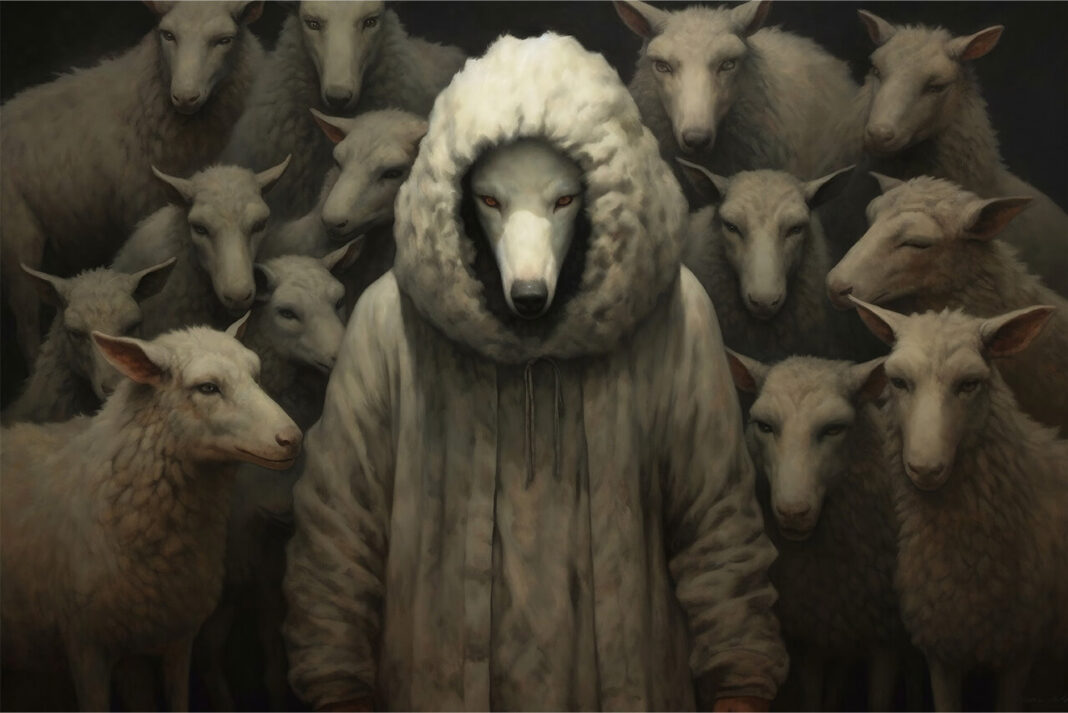“Whose eyes are we looking through? Whom are we judging? And most importantly, whose story do we not fully know?”
Understanding the Gray Areas of Human Behavior
It is rare for human behavior to be black or white. Since no one is completely good or terrible, it frequently develops in gray areas. Our unconscious processes, protective systems, traumas, and past experiences all influence how we behave. Sometimes what appears “bad” at first glance conceals a complicated tale of powerlessness. Perhaps what could have happened differently to prevent this individual from acting in this manner is a more pertinent topic than why this person acted in this manner. In this section, empathy is crucial. Because we not only gain a better understanding of people but also cultivate a more realistic perspective of human nature when we try to grasp the reasons behind their actions. Gray areas are crucial because of this. They enable us to view individuals based on their wants, anxieties, and past experiences in addition to their actions. We should attempt to think in the area where black and white blend together rather than just picking one.
Decoding the Wolf in Sheep’s Clothing
People who conceal harmful intents behind a kind exterior are typically referred to as “wolves in sheep’s clothing” in culture. Despite their seeming innocence, these folks have more nuanced internal dynamics. They frequently behave in this way due to scars from their past as well as cunning. Neuropsychology holds that conscious thought, decision-making, emotion management, and social conduct are all significantly influenced by the gray matter of the brain, particularly in regions like the prefrontal, parietal, and temporal cortex. Therefore, in addition to moral principles, our biology and psychology also influence our human behavior. A wolf may consume the sheep not just because it is a wild animal but also because it is compelled to do so by its environment (Bilder, 2011).
It’s simple to make assumptions about someone based only on their mask. However, beyond that façade may lie severe feelings of worthlessness, repressed rage, lack of safe bonding, or early rejection. Occasionally the “wolves in sheep’s clothing” aren’t trying to trick anyone; they’re just trying to survive. The largest obstacle to true comprehension may be the tendency to judge without knowing.
Exploring the Gray Areas in Human Behavior
Gray areas in human behavior are where complexity resides. These are the spaces where actions cannot be easily categorized as good or bad. By embracing empathy in understanding human behavior, we move beyond superficial judgments and begin to see the intricate interplay of past experiences, emotional wounds, and environmental factors. This perspective allows us to approach others with a sense of curiosity rather than condemnation, fostering deeper connections and a more nuanced view of human nature.
Conclusion: Embracing Empathy for Deeper Understanding
Writers get more acquainted with actual life when we describe people in gray areas rather than merely black or white. Individuals and their experiences are never monochromatic. Gray areas are situations where we attempt to comprehend rather than pass judgment. Humans also have the opportunity to learn more about each other and ourselves in those settings. Remember that the human soul is complex. We need to pay attention to what is concealed as well as what is shown. Perhaps the wolf that needs the most protection is the one that appears to be the most threatening.
Suggestions: Cultivating Empathy in Everyday Life
Consider the type of life that may have influenced someone before passing judgment on them. “What kind of wound might this person have, to act this way?” is a question to consider if you find a behavior annoying. By asking this question, you can develop empathy in understanding human behavior and steer clear of snap decisions. Examine your own gray areas for a while as well… What could be concealed by your “sheep’s clothing”?
The anime movie Chirin’s Bell from 1978 served as my inspiration for this piece. The movie’s “wolf” and “sheep” motif inspired me to delve deeper into the intricacies of social perceptions and human behavior. I was motivated to use a similar empathetic style in my writing by Toei Animation’s rich character development. This can assist us in cultivating an outlook that emphasizes looking past appearances in order to gain a deeper comprehension of human nature and cultivate empathy.
References
- Bilder, R. M. (2010). Neuropsychology 1.0 (1950–1979). Journal of Clinical and Experimental Neuropsychology, 32(3), 318–331. https://doi.org/10.1080/13803390903090524
- Chirin’s Bell (1978). Chirin no suzu. Toei Animation. Retrieved from YouTube.



